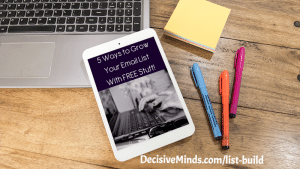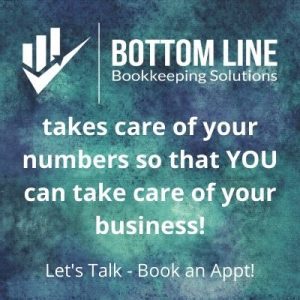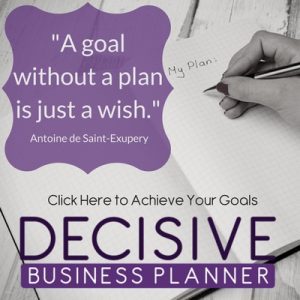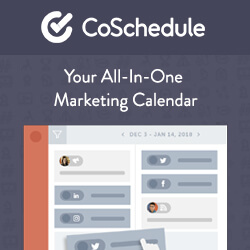 Are you using an e-book to build your list? Recently, I have had several clients working on updating their e-books as part of their list building strategy.
Are you using an e-book to build your list? Recently, I have had several clients working on updating their e-books as part of their list building strategy.
And I started thinking about what your e-book can do for you once someone has downloaded it. You want to provide great content with the goal that your readers will actually spend money with you at some point. So, I wanted to take a few minutes to talk to you about what to include in your e-book that will help someone go from prospect to client.
The first rule of putting together a successful e-book is making sure that you are giving something truly valuable to your prospect. The idea is for them to say “If I can get *this* for free – imagine what they give to paying clients…”.
So, I want your e-book to be at least 8-15 pages. No, you can't teach somebody everything in 15 pages – but you can give them some very helpful information that establishes you as an expert.
Here are the 5 ingredients for a perfect e-book.
E-Book Title Page
A title page will help your book – look like a book – instead of a report. Sometimes it's the smallest details that are the most important.
E-book Legal or Copyright Page
This is important. It is a page that tells people that what is in the book is yours – and not to steal it. You are welcome to look at (and model) my page. Check it out here.
About You Page
This page is missing from a lot of e-books. Don't assume that the person reading the book actually knows who you are. Write this more like a letter. Include interesting facts, what makes you different from others in your arena and why they should choose to work with you. And don't forget to include a picture of yourself.
Your E-Book Content
This is where you teach, the content in this section is around 6-10 pages. Choose 3-5 tips and write about 2 pages per tip. Remember that this is not fluff – this is great content.
Call To Action
The absolute most important part of an e-book. This is another place where people miss out on a great opportunity. You need to tell people what you want them to do next. Do not expect them to know what to do. The call to action should include a quick summary of what they learned and then tell them what you want them to do next, like sign up for a class, “like” your fan page, or book an appointment. Don't leave your readers hanging without a good way to work with you.
Now it's time for your call to action. Hit the reply button and tell me what is your favorite call to action. What do you ask people to do?
Want to see a great example of an e-book?






Great tips, Michele. I’ve often invite readers to contact me for a complimentary
Strategy Session, and name the session something that aligns with the ebook.